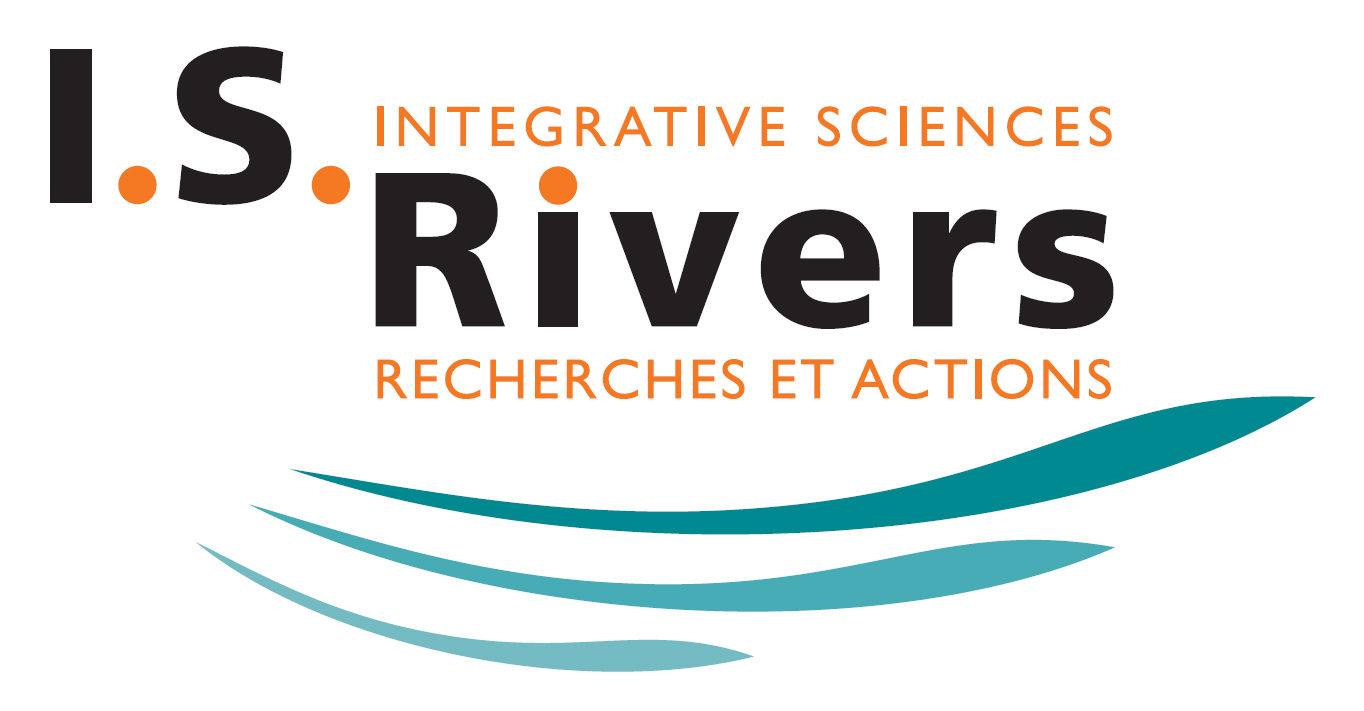Thursday 3rd of july – 08:30
08:30
Per- and polyfluoroalkyl substances trends recorded in sedimentary archives upstream and downstream of the Lyon metropolis
AUTHORS
MOURIER Brice, DHIVERT Elie, MARCHAND Philippe
France
Short Abstract: This study focuses on trends in per- and polyfluoroalkyl substances (PFAS) recorded in sediments of the Rhône and Saône rivers upstream and downstream of the Lyon metropolitan area. To this end, 3 sediment cores taken in 2021 and 2022 were analyzed, thus complementing a sampling strategy initiated in 2012. Contamination levels in the Rhône upstream of Lyon are relatively low compared to other records. However, sedimentary archives of the Saône river and of the Rhône river downstream Lyon reveal several successive phases of contamination since the 1960s. These phases align, in terms of timing and composition, with the suite of PFAS associated with specific industrial activities in the Saône basin, particularly south of the Lyon metropolitan area. The signature of these sources has been preserved in the sediments, allowing for the characterization of their spatial and temporal extents. This study contributes to a better understanding of the historical PFAS contamination in the Saône-Rhône corridor, in a context where the need for knowledge is growing due to health concerns, the increasing media coverage of this pollution, and the numerous emerging mobilizations.
08:50
Spatio-temporal dynamics of chemical contamination in the Saône river and its direct tributaries: an overview of contaminant data from regulatory monitoring data
AUTHORS
CHIFFRE Axelle, DEGIORGI François, CLAVEAU Maeva, MASSON Matthieu, MARGOUM Christelle, AMIOTTE-SUCHET Philippe, DABRIN Aymeric
France
Short Abstract: Data from the Rhône-Méditerranée-Corse Water Agency (AERMC) monitoring networks, along with specific studies along the Saône classify this watercourse as being in “poor condition” due to widespread contamination. In response, the CONTASAONE project aims to implement an integrative sampling network for water and suspended matter across the Saône and its main tributaries. The first phase involved reviewing existing data (regulatory monitoring from Naïades) to identify key sites for a sampling network. A total of 1.11 million data points were analyzed, covering 1,529 substances across 37 monitoring stations. The results highlighted gaps in characterizing contamination dynamics, mainly due to the intermittent sampling and the insufficient consideration of the particulate phase. Nevertheless, contamination patterns were dominated by trace metals (TM) and polycyclic aromatic hydrocarbons (PAHs) in the Thalie and Azergues rivers, linked to urban and industrial discharges, while the Ouche, Ognon, and Dheune rivers exhibited higher pesticide levels mostly associated to agricultural activities. This study informed the selection of monitoring sites and highlighted the value of an integrative network for quantitatively assessing contaminant fluxes and identify their sources.
09:10
Analysis of historical multi-metallic contamination trends in the sedimentary archives of the Saone (1940s – present)
AUTHORS
ECORSE Augustine, DHIVERT Elie, DENDIEVEL André-Marie, COYNEL Alexandra, PEUBLE Steve, PARAN Frédéric, WINIARSKI Thierry, MOURIER Brice, BEDELL Jean-Philippe
France
Short Abstract: In order to understand the evolution of metallic contaminant flux in the Saone River towards Lyon over time, two sediment cores were studied. These cores provide records spanning over 80 years with relatively continuous and homogeneous deposition. Age models were established based on radionuclide profiles (137Cs and 210Pb), defining high deposition rates (1–2 cm. yr⁻¹) that enable to study contaminant trends at high temporal resolution. These analyses reveal distinct contamination phases linked to the industrial history of the basin. Based on the chronology covered by these sediment archives, copper, lead, and cadmium contamination can be identified as early as the 1950s, with peaks extending during the 1970s. Later, while contamination levels of these metals, silver reaches maximal concentrations at two periods, in the 1970s and 1980s, and then during the 1990s. Within the industrial context of the basin, silver contamination can be associated with the photographic industry. These findings show that secondary channels of the Saone River have been affected by multi-metallic contamination accumulated since the 1950s. They act as pollution archives, enabling the reconstruction of the consequences of anthropogenic activities on river ecosystems. Moreover, this stock of metallic contaminants requires integrated management within the framework of secondary channel restoration efforts.
